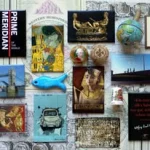“Es weihnachtet…” this is a special verb in German that means that Christmas time is coming. In mid-November, more than two million LED lamps will be lit (which is more than the population of the capital of Austria) and crowds of visitors from all over the world flow to Vienna, not only to admire the unique light decorations but also to visit one of the local Christmas markets to taste punch from special mugs, warm their brittle hands with a paper cone with roasted chestnuts, buy a Christmas souvenir or take a ride on the merry-go-round.



Christmas markets are a big attraction. I’ve lived in Vienna for 20 years and I’m still amazed at how many tourists come here (except during the pandemic) to visit them, but I’m also surprised at how many markets have grown over the years and that there’s still a place in the city to open up a new market or at least a Christmas village (the most famous Christmas village is around the Maria Theresa monument between the two museums).
Perhaps you too have experienced this pre-Christmas excitement – either this year or sometime in the past? However, have you thought about how this tradition of Christmas markets in Vienna actually came about?

We know of the so-called Catherine market from the past – held 14 days before and 14 days after the feast of St. Catherine (November 25). However, since no written mentions or receipts have been preserved, we do not know at all what was sold here, whether these markets differed in any way from ordinary fairs, so we cannot say whether these events could already be considered Advent or Christmas markets. In 1296, Duke Albrecht I granted the city the privilege of the so-called December market. Well, even this wasn’t a Christmas market yet. Although people also met here to have a chat, the market was mainly used to prepare for the long winter. Instead of punch and mulled wine, mainly warm clothes, leather products, meat, fruit, grains, pulses and other foods were sold here. In order for these stocks not to spoil but to last as long as possible, people bought pieces of ice from a nearby ice shop, the so-called “Eisgrübel” – you can still see this sign on house no. 11 at Petersplatz.

Around 1600, the so-called Thomas’ Market was opened. Stalls were set up on Graben and Brandstätte streets near the Cathedral in mid-December, where bakers, confectioners and gingerbread-makers offered their products – until January 9. The name is probably related to the name of the apostle Thomas, whose feast day falls into this period (December 21). These markets were organized until 1761.

The history of Christmas markets in Vienna continued in 1722 when the Nicholas, Christmas and Nativity Market on Freyung square was mentioned for the first time. They built up to 108 stalls here, but at the same time, a regular market was held there, so there used to be conflicts between the ordinary and the Christmas sellers. The quarrels contributed to the fact that the city decided to move the Christmas market to Am Hof square in 1842. Since this market started on December 5 and St. Nicholas brings gifts to the children, the stalls used to sell toys. However, there was also great interest in nativity scenes, gilded figures of angels or silver-plated nuts.



Both the new location and the market were popular, so when in 1872 the city council decided to expel the old Viennese markets – as an unfashionable element – from the city, they made an exception for the Christmas markets. And so the markets continued to take place before Christmas, only their location was changed from time to time. In 1903, they received electric lighting for the first time. After the collapse of the monarchy in 1918, the market moved to the Cathedral on Stephansplatz. Although they later moved again, 10 years ago, the tradition of markets around St. Stephen´s Cathedral was renewed. And it is certainly no coincidence that Christmas markets are still held at the Freyung and Am Hof squares these days.


The story of today’s largest, most famous and most visited Christmas market in Vienna, which is the Christkindlmarkt in front of the Town Hall, is just as interesting.

The first Christmas tree in front of the town hall tower was set up in 1959, but the market opened here for the first time on November 22, 1975. However, it should have been just a temporary solution. In those years, the markets were held in front of the Fair Palace (today the Museumsquartier cultural and museum complex). When the construction of the underground parking lot started there, the area in front of the town hall was chosen as a temporary replacement solution for the Christmas markets. A temporary project has become a permanent project and the fact that it was a good choice is proven by up to 3.5 million visitors annually! With 155 stalls, it’s actually a whole Christmas town.

In the 80s of the 20th century, Christmas markets were also established in other parts of the city, the most famous ones are held in the following places: Freyung, Am Hof, Karlsplatz, Spittelberg, Michaelerplatz, Stephansplatz, in front of Schönbrunn Palace and Belvedere.

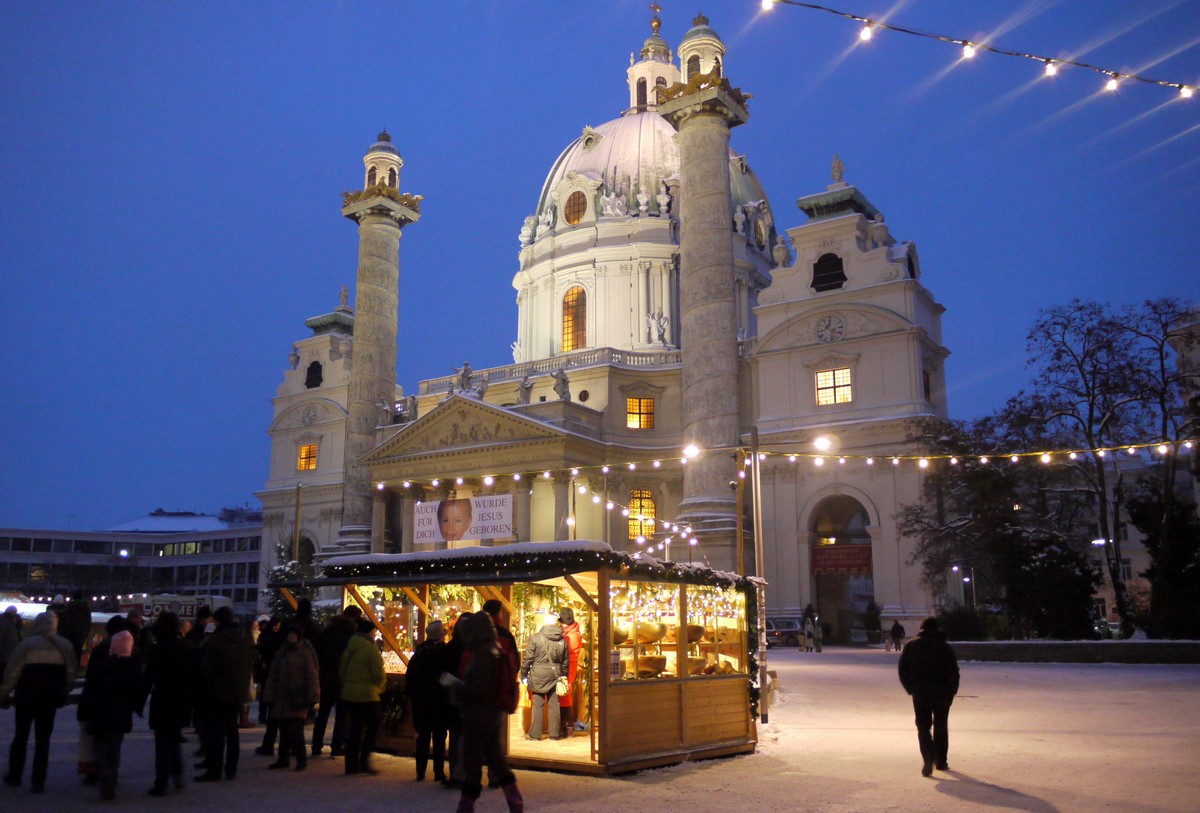
This year (2022), up to 17 Christmas markets with 905 stalls were opened in Vienna. In addition, there are 330 punch stands where various charities sell punch and mulled wine. By the way, do you know that the name punch comes from the number 5 in the Hindi language? The drink was initially made from five ingredients: arak (rice brandy), water, spices, sugar and lemon juice. The oldest preserved recipe is from 1638. English sea travellers from the East India Company brought this drink from India to Europe. Soon arak was replaced by rum and water by tea. The musical genius Mozart was also a big fan of this hot drink, he tasted it even before the punch gained popularity in Vienna or Salzburg – in 1764 during his trip to England. The popularity of punch grew rapidly in the second half of the 19th century, and it continues to this day, with constant experimentation with ingredients.


The most common types in Vienna include orange, cherry and berry punch. Children’s punch without alcohol is sold as well.
If you didn’t manage to come to the Christmas markets in Vienna this year, don’t worry, come next year. I am sure that in addition to the traditional ones, there will definitely be another new Christmas market! 🙂

Text: © Copyright Ingrid, Travelpotpourri
Fotos: © Copyright Ingrid, Travelpotpourri

 TRAVEL
TRAVEL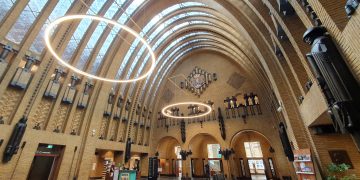
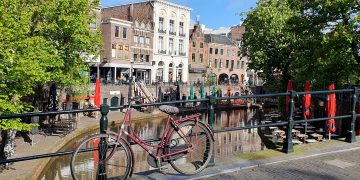
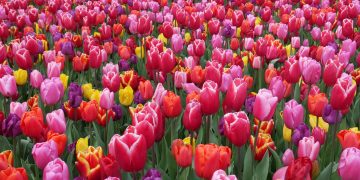
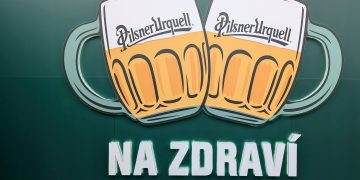


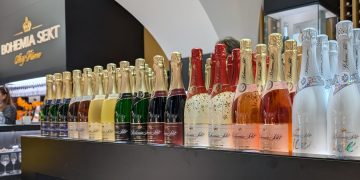
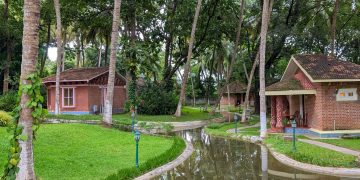
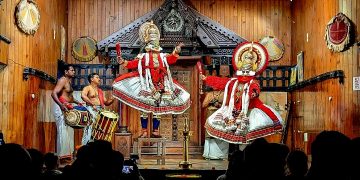
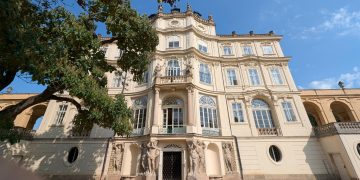
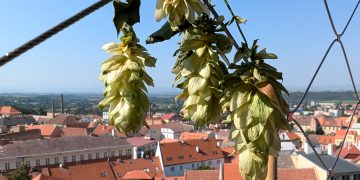

 RECIPES WITH A STORY
RECIPES WITH A STORY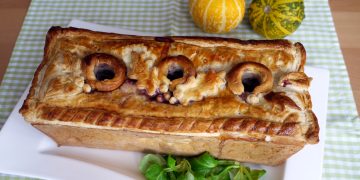
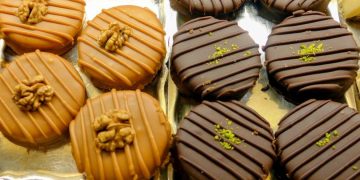
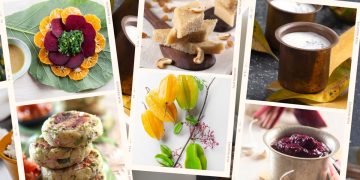
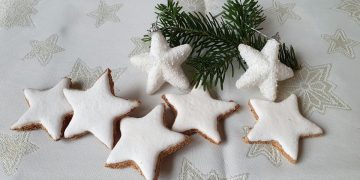
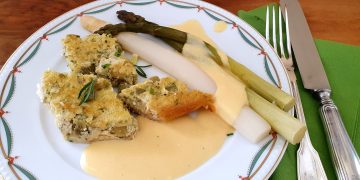
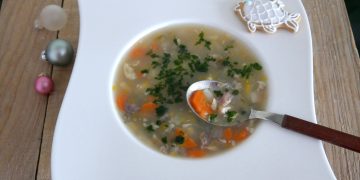
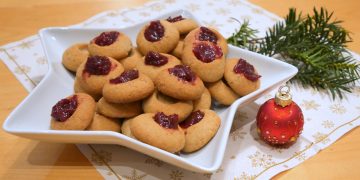
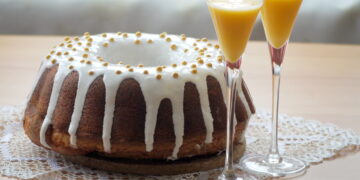
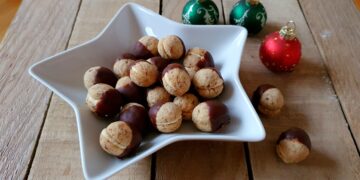

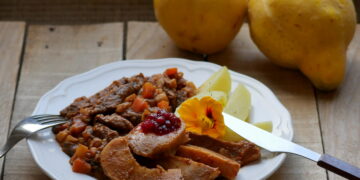
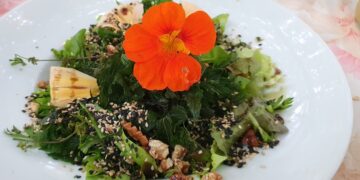
 AUSTRIA-VIENNA
AUSTRIA-VIENNA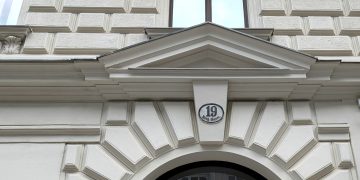
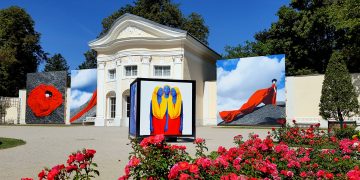
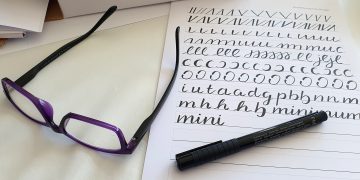
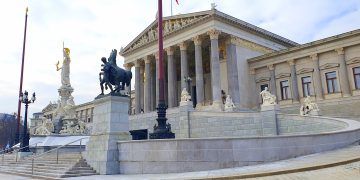
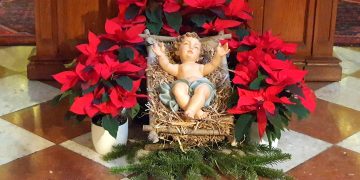
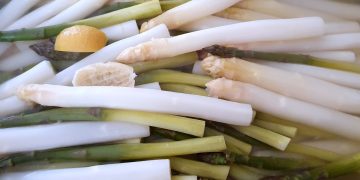
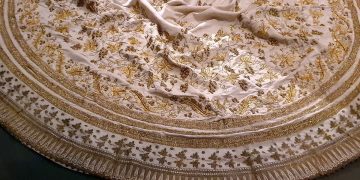
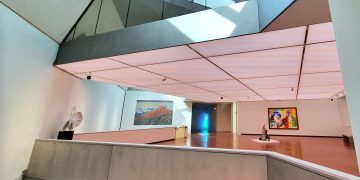
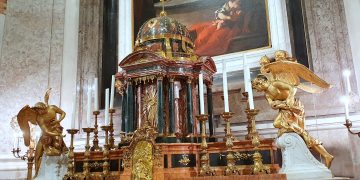
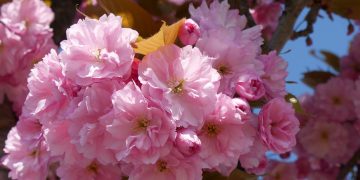
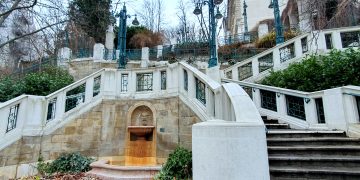

 SLOVAKIA-BRATISLAVA
SLOVAKIA-BRATISLAVA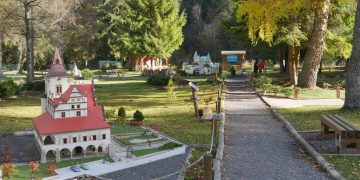
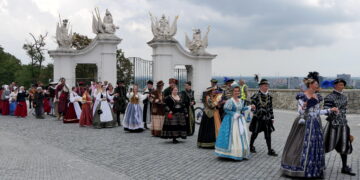

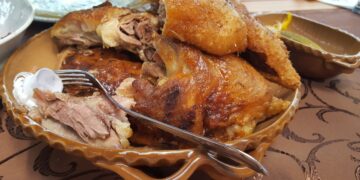
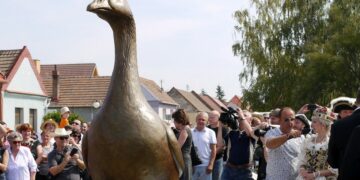
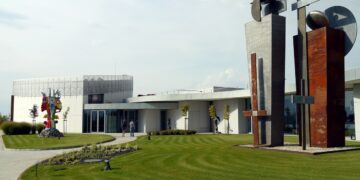
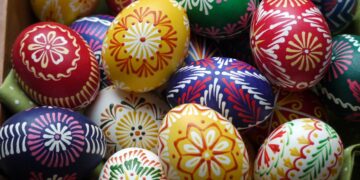
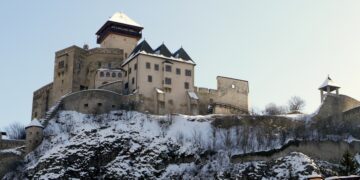
 EVENTS
EVENTS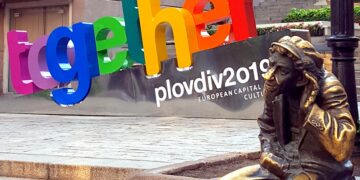
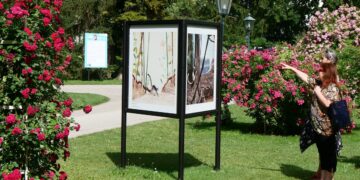
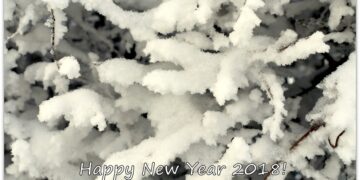
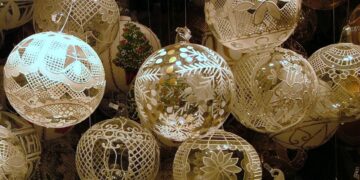
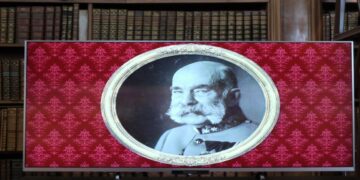
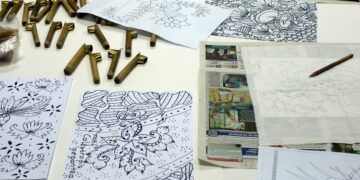
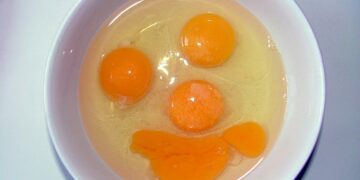
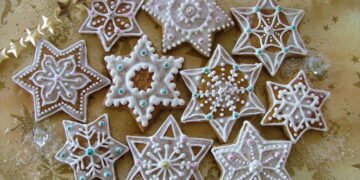
 INTERVIEWS
INTERVIEWS
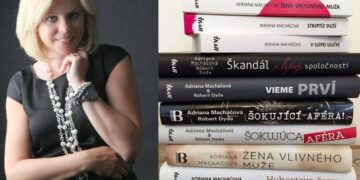
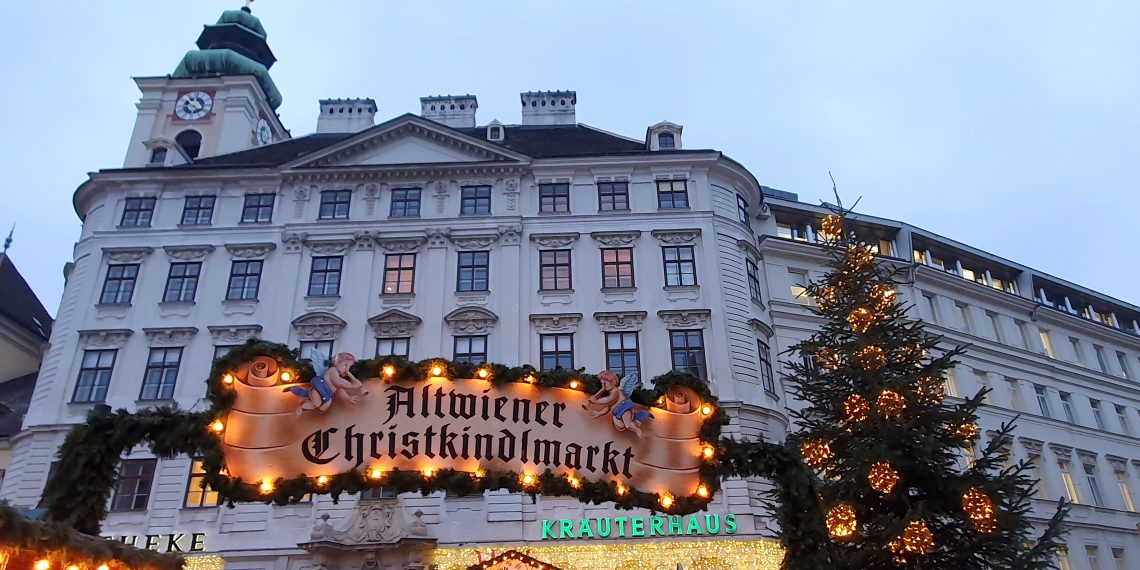





 Hussars’ Buttons
Hussars’ Buttons  Christmas Carp Soup
Christmas Carp Soup

